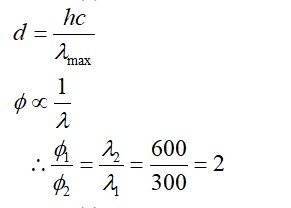10.10. The hydroxides and carbonates of sodium and potassium are easily soluble in water while the corresponding salts of magnesium and calcium are sparingly soluble in water. Explain.
10.10. The hydroxides and carbonates of sodium and potassium are easily soluble in water while the corresponding salts of magnesium and calcium are sparingly soluble in water. Explain.
-
1 Answer
-
All the compounds are crystalline solids and their solubility in water is guided by both lattice enthalpy and hydration enthalpy. In case of sodium and potassium compounds, the magnitude of lattice enthalpy is quite small as compared of sodium and potassium that are mentioned, readily dissolve in water. However, in case of corresponding magnesium and calcium compounds, the cations have smaller sizes and more magnitude of positive charge. This means that their lattice enthalpies are more as compared to the compounds of sodium and potassium. Therefore, the hydroxides and carbonates of these metals are only sparingly soluble in water.
Similar Questions for you
Li+ has the highest hydration enthalpy.
Hence it is most hydrated
Therefore, Correct order of hydrated radii is Cs+ < Rb+ < K+ < Na+ < Li+
Taking an Exam? Selecting a College?
Get authentic answers from experts, students and alumni that you won't find anywhere else
Sign Up on ShikshaOn Shiksha, get access to
- 65k Colleges
- 1.2k Exams
- 679k Reviews
- 1800k Answers






